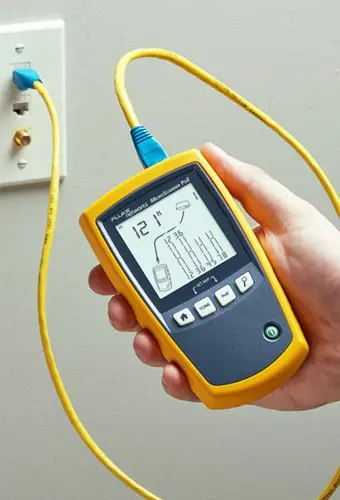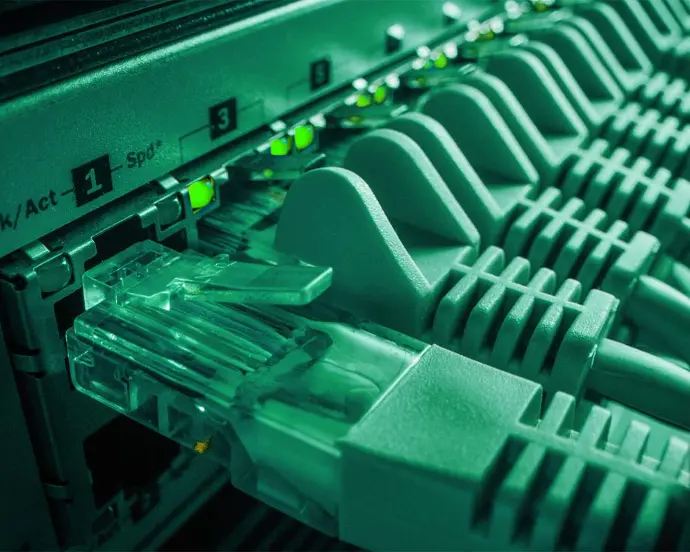UTP
UTP Pulling & Termination
UTP pulling services encompass the professional installation of low-voltage cabling for telecommunication...Read More
Get Service
UTP Pulling
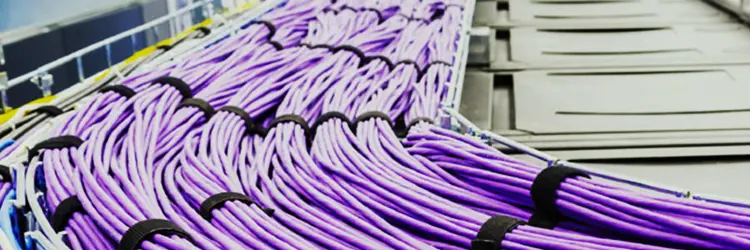
Rack-Side Termination
UTP termination on the rack side typically occurs on a patch panel. This panel, mounted within a telecommunication... Read More
UTP termination on the rack side typically occurs on a patch panel. This panel, mounted within a telecommunication rack, provides termination points for network cables, enabling easy connection and reconnection of devices to the network. Read less
Get Service
Outlet-Side Termination
Wire termination follows a designated wiring diagram. Each wire is inserted into its corresponding... Read More
Wire termination follows a designated wiring diagram. Each wire is inserted into its corresponding slot on the back of the RJ45 jack or punch-down block. A punch-down tool securely connects the wire by pushing it onto a sharp blade. Read less
Get Service
Two-Side Termination
Unshielded Twisted-Pair (UTP) cables require termination on both ends to connect devices on a network. Consistent Read More
Unshielded Twisted-Pair (UTP) cables require termination on both ends to connect devices on a network. Consistent use of the same wiring scheme (T568A or B) on both ends is crucial for proper network communication. Read less
Get Service
outlet-side Labeling
There is no universally mandated labeling standard specifically for the outlet side of UTP cables... Read More
There is no universally mandated labeling standard specifically for the outlet side of UTP cables. However, recommended practices include:
- Port number: If the wall plate has numbered ports, simply label the cable with the corresponding port number (e.g., "Port 1," "Port 3").
- Location: If ports are not numbered, consider labeling based on the cable's destination (e.g., "Printer," "Server Room," "Desk A").
- Combination:A more detailed approach combines location and function (e.g., "Conference Room - Phone").
Get Service
Two-side Labeling
Maintain consistency throughout the labeling system. Utilize the same format for all racks and outlets... Read More
Maintain consistency throughout the labeling system. Utilize the same format for all racks and outlets. This may include:
- Rack ID or name (e.g., Rack 1, East Wall)
- Side of the rack (e.g., Left, Right)
- Outlet number (e.g., 1, 2, 3...)
- UTP port number on the patch panel (if applicable)
Get Service
Rack-side Labeling
Labeling is applied to the patch panels or patch blocks where UTP cables terminate in the rack. These... Read More
Labeling is applied to the patch panels or patch blocks where UTP cables terminate in the rack. These panels have designated ports for each cable. Labels identify the corresponding device or location that each cable connects to. Read less
Get Service
Rack
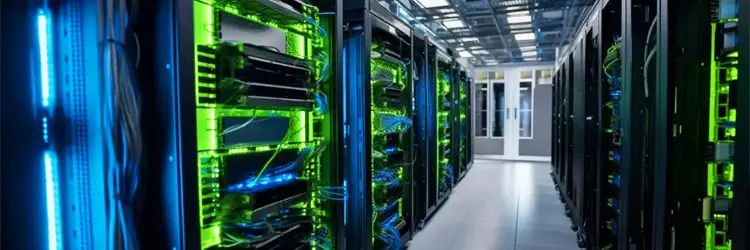
Rack Reorganize |
Reorganizing a network rack can enhance airflow, improve efficiency, and simplify troubleshooting...Read More
Reorganizing a network rack can enhance airflow, improve efficiency, and simplify troubleshooting. Best practices include:
- Gradual approach: Move equipment one piece at a time to minimize downtime.
- Labeling: Clearly label cables and ports before disconnecting to facilitate reconnection.
- Cable management: Utilize cable management tools like arms and trays for a neat and organized layout.
- Documentations: Document all equipment in the rack, including type, model, and connections.
Get Service
Rack Installation
|
Network rack installation involves securing a rack in a suitable location and then mounting your network...Read More
Network rack installation involves securing a rack in a suitable location and then mounting your network equipment within it.
Get Service
Fiber
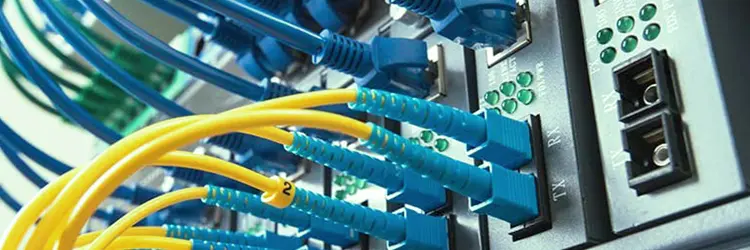
|
Fiber optic cables are delicate and require specific handling procedures during installation, especially...Read More
Fiber optic cables are delicate and require specific handling procedures during installation, especially when pulling them through conduits or pathways.
Get Service
Fiber Pulling & Termination
Fiber optic cables, the backbone of modern communication networks, transmit data using light pulses... Read More
Fiber optic cables, the backbone of modern communication networks, transmit data using light pulses. Fiber pulling and termination are essential steps in setting up a fiber optic system. Read less
Get Service
Fiber Termination
Fiber optic cable termination refers to the process of adding connectors to each individual fiber within a cable... Read More
Fiber optic cable termination refers to the process of adding connectors to each individual fiber within a cable. These connectors enable the fiber to connect to other equipment, such as transceivers or switches. Read less
Get Service
Fiber Splicing |
Fiber optic splicing is the process of joining two or more fiber optic cables together to create a single... Read More
Fiber optic splicing is the process of joining two or more fiber optic cables together to create a single, functional cable. It's a critical aspect of maintaining fiber optic networks, used for high-speed data transmission in telecommunications, computer networks, and other applications. Read less
Get Service
Test
